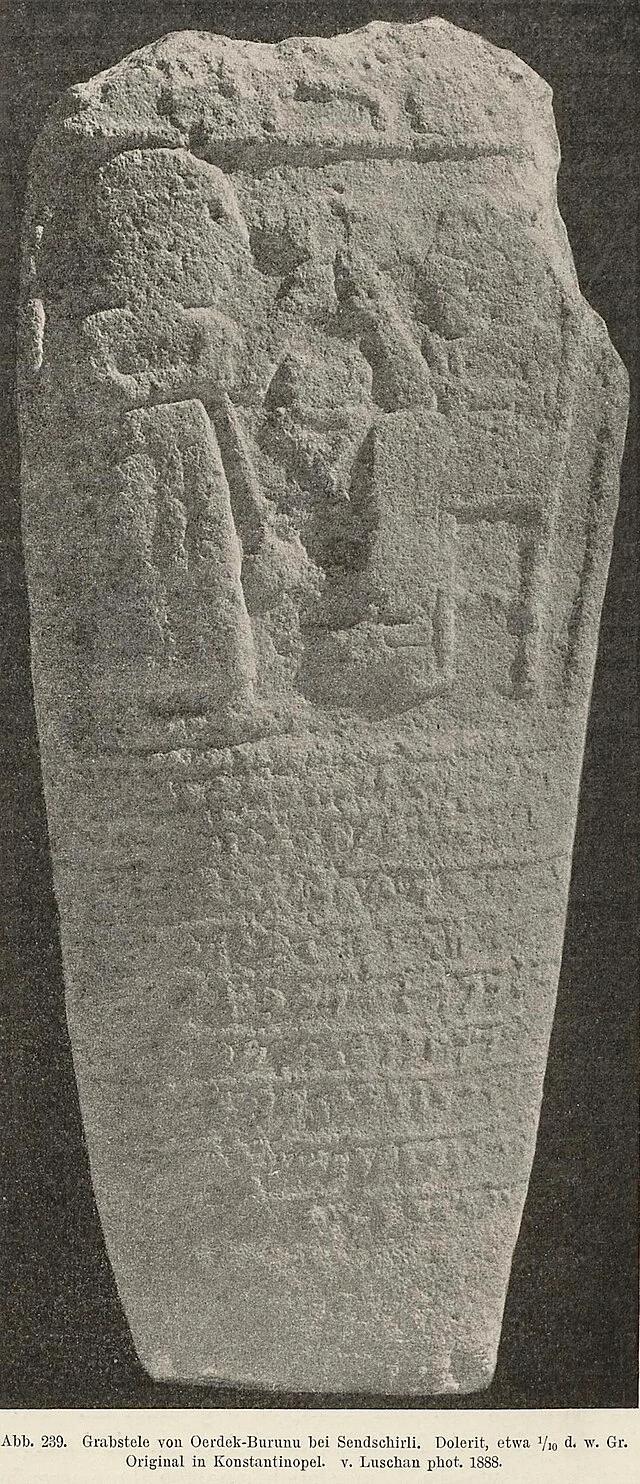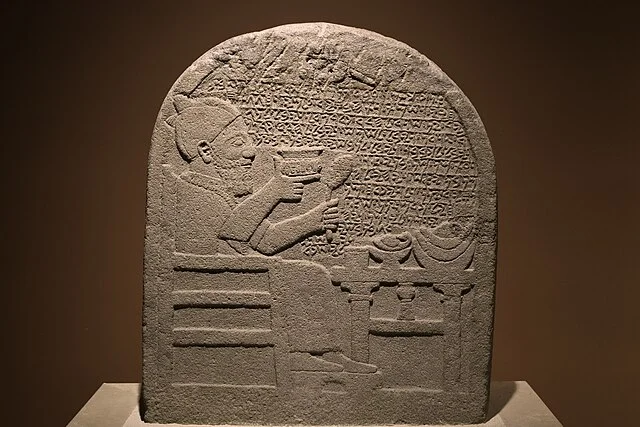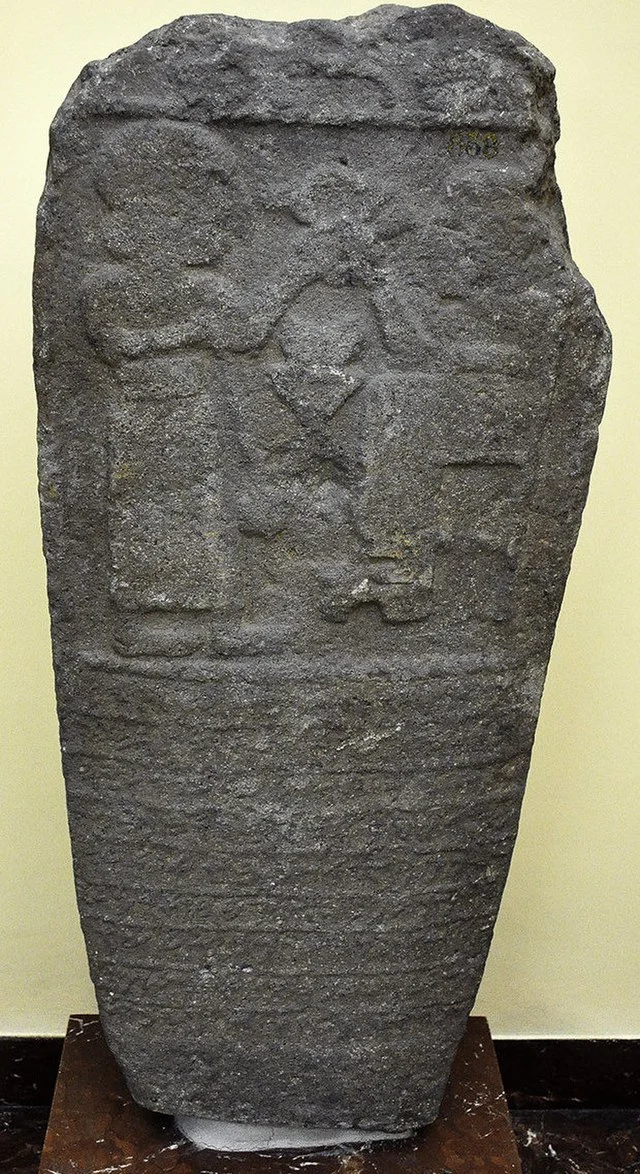The Stele of Ördek-Burnu is an ancient artifact found in modern-day Turkey. It dates to the 5th century BC, during the height of the Achaemenid Empire. The stele is an important piece of historical evidence, shedding light on the region’s political and cultural dynamics.
Get your dose of History via Email
Discovery and Location

Archaeologists discovered the stele at the site of Ördek-Burnu, located near the Gulf of İzmit. This site has been associated with ancient settlements due to its strategic position along significant trade routes. The stele itself is made of limestone and was found intact, providing a rare glimpse into the administrative practices of the time.
Inscription and Content

The inscription on the Stele of Ördek-Burnu is written in Old Persian and Aramaic. These languages were commonly used in the Achaemenid Empire, reflecting its diverse and multilingual population. The text on the stele likely served an official purpose, either recording a decree or marking the boundaries of a land grant. Although its precise translation is still debated, scholars agree that the content emphasizes the authority of the Persian rulers in Anatolia.
Historical Significance
The Stele of Ördek-Burnu provides valuable information about the relationship between the Achaemenid Empire and its subjects in the western part of the empire. It highlights the administrative control the empire exerted over this region. Additionally, the stele offers insights into the use of bilingual inscriptions, a common practice in the empire to ensure communication with various ethnic groups.
Archaeological Context
The region around Ördek-Burnu was an important area for trade and communication during the 5th century BC. The Achaemenid Empire’s vast reach required efficient systems for managing territories, and steles like this one played a role in reinforcing Persian dominance. The artifact’s discovery contributes to the broader understanding of Persian influence in Anatolia, a region known for its mixture of cultures and power struggles between local rulers and foreign empires.
Conclusion
The Stele of Ördek-Burnu is a significant artifact that adds to the understanding of Achaemenid administrative practices in Anatolia. Its well-preserved state and bilingual inscription make it a key piece of evidence for studying the empire’s governance. This stele remains a crucial resource for historians and archaeologists exploring the Persian Empire’s far-reaching control and its interactions with local populations.
Source:

